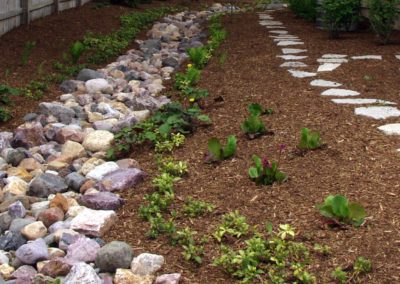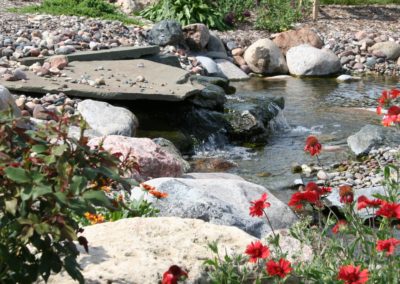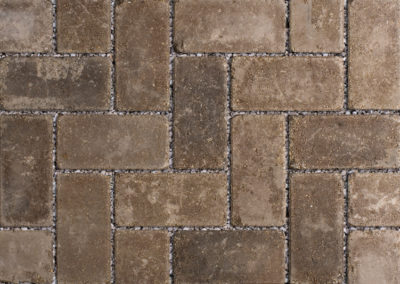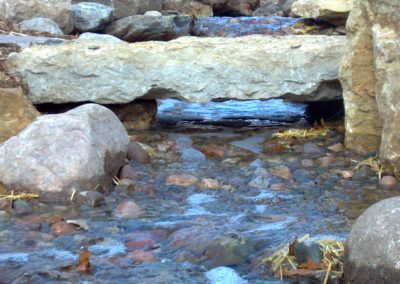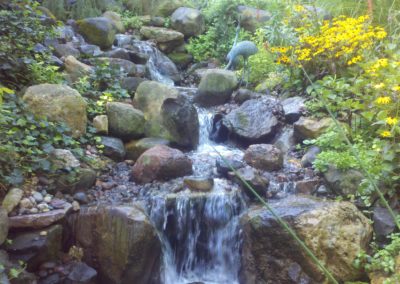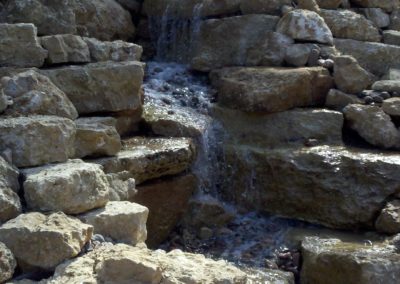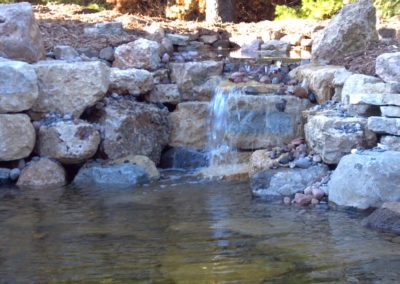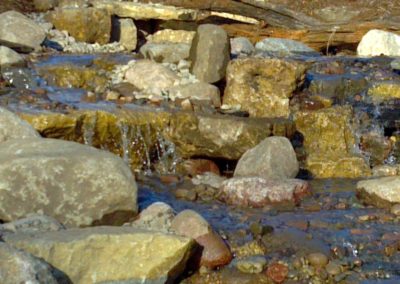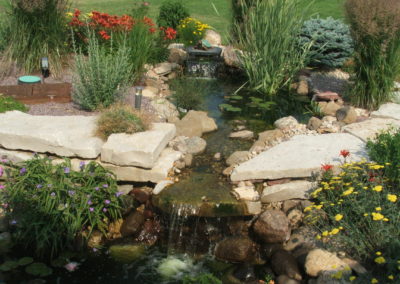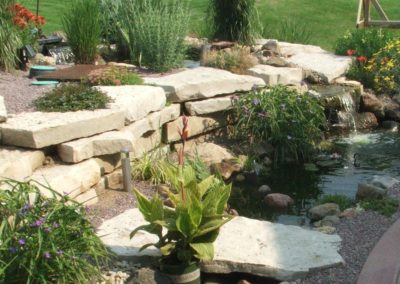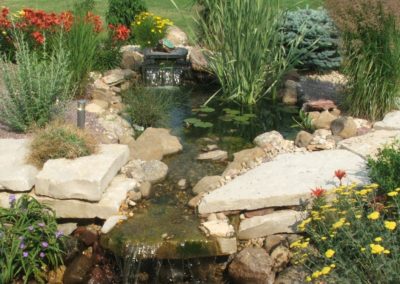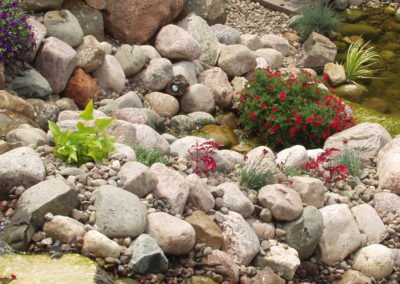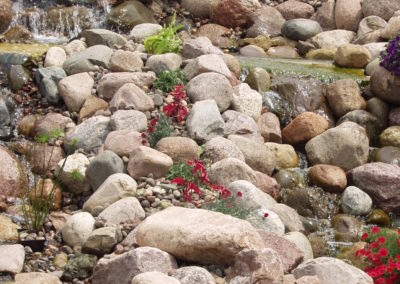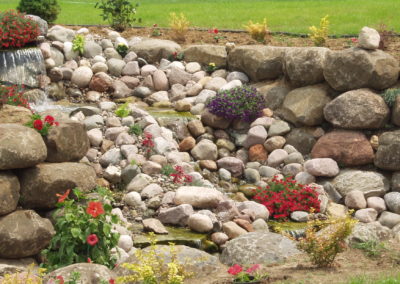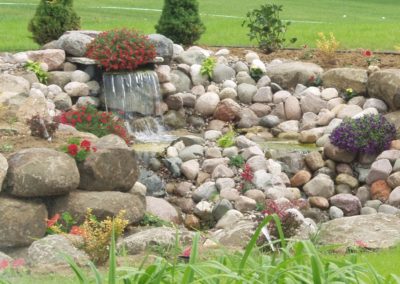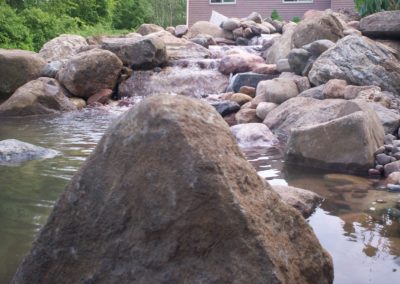Water Conservation
Water conservation consists of actions designed to reduce the demand for water, improve the efficiency of its use, and reduce water waste. The purpose of conservation is to protect water resources and to benefit from its use. Conserved outdoor water (i.e. rain water) can easily be used for other purposes, rather than using “new” water from our municipal system. This rainwater, when reused, not only helps protect this precious natural resource, it also is healthier for our plants and other vegetation than municipal water sources.
Why is water conservation important? Water is not a limitless resource. Less than three percent of the water on the planet is fresh. Of that three percent, much is unreachable in glaciers, ice caps or located deep in the earth.
As we use water inside and outside our homes, we deplete the natural water table in the earth. This depletes our wetlands and affects the natural living spaces for our wildlife. The impact of wasteful water use is widespread, and having a strong effect on the world around us.
As specialists in DNR rules and regulations, we take our job as environmental advocates very seriously, including water conservation. Please read further to learn of the water conservation methods available for use in landscaping, their impact on your wallet and our environment.
Rain gardens are popular choices when dealing with water runoff. As the name implies, rain gardens soak up rainwater, mainly from your roof, but also from your driveway and lawn. The gardens fill with a few inches of water and allow the water to slowly filter into the ground rather than running off to storm drains. According to the UW-Extension, compared to a patch of conventional lawn, a rain garden allows about 30 percent more water to soak into the ground.
Reducing rain runoff helps prevent pollutants such as fertilizers from washing off your yard, into storm sewers, and eventually into nearby streams and lakes. This reduces the chances for local flooding, as well as bank and shoreline damage where storm drains empty into streams and lakes.
Rain gardens are planted with wildflowers and other native vegetation that not only add color to a lawn, but also assist with water absorption. Rain gardens can be added to any landscape project. Although a very popular choice for water conservation, rain gardens are just one way a homeowner or business can conserve outdoor water.
As a result of land development, the natural filtration provided by soil is being replaced with concrete, asphalt and other products that contribute to runoff. Paver manufacturers have identified how they can be part of the solution, and have developed permeable pavers.
Permeable pavers look like traditional pavers, providing the custom finished look of any hardscape. The pavers are designed with curved edges to allow rainwater to filter between them, and are installed over a pea gravel-type stone and clear rock to allow water that does filter between the pavers to enter the water table and not run off into storm sewers, and ultimately our lakes and streams.
Permeable pavers are most commonly thought of as material used for patios and walks, however, they can also be used for driveways. In fact, the use of permeable pavers can make winter driveway maintenance much easier than maintenance of concrete or asphalt. Air gaps between the earth and the bottom of the paver, combined with the consistent 55-degree temperature of the earth below the frost line crates a warm air pocket on the underside of the paver. This allows the pavers to maintain a temperature near or above freezing, even in very cold temperatures. This results in reduced snow and ice accumulation, quicker melting and lower salt use.
According to a Gallup poll in March, 2008, when Americans were asked to rate their level of worry about each of 12 environmental concerns, the top four relate the to quality of water.
Rainwater harvesting systems allow us to reuse water without straining our municipal water systems, and save money on water and sewer costs. Don’t think rainwater harvesting is a viable way to conserve this valuable resource? Consider these facts (courtesy www.aquascapeinc.com):
- One inch of rainfall on a 2,000 sq. ft. residential roof generates 1,250 gallons of water that can be reused.
- That same roof in a region receiving 30 inches of annual rainfall generates 41,000 gallons of reusable water.
- The average U.S. household with a 10,000 square foot lot uses 5,000 gallons of water weekly for landscape irrigation.
- Running a sprinkler for two hours can use up to 500 gallons of water.

